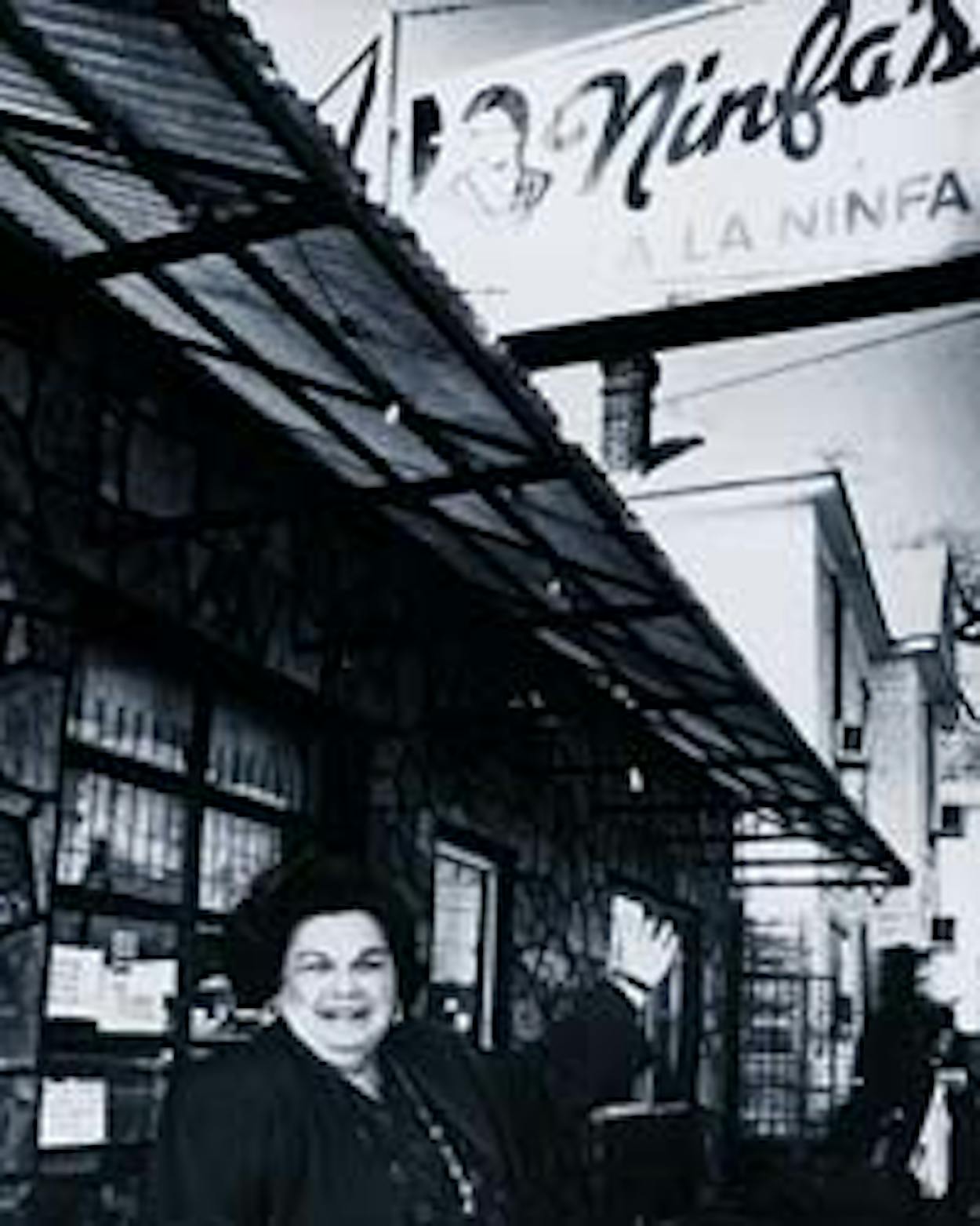When Houston restaurateur Ninfa Laurenzo died in Houston in June at the age of 77, Texans who didn’t even know her were surprised and saddened. Her face—the eyes crinkled into a smile of near-geothermal warmth—had become such an icon that the founder and owner of Ninfa’s restaurants easily ranked among the five most recognized women in Houston. Of course, Ninfa’s family and friends knew the seriousness of her two-year battle against breast cancer, but the thousands of others who were taken unawares felt as if they had lost a neighbor.
Ninfa’s life was—no disrespect intended—a soap opera of epic proportions. She had been widowed at the age of 45 in 1969, when her husband, Domenic Laurenzo, died, leaving her to run their struggling tortilla and pizza-dough factory. Four years later, having mortgaged her house and having scraped together pots and pans from her own kitchen, she and the four eldest of her five children opened a ten-table restaurant in the front of the factory on Navigation Boulevard. The fledgling enterprise burned down two weeks later, but was quickly rebuilt. Within months, her little restaurant achieved enormous local popularity, and by the early nineties it had burgeoned to a chain of 35 units.
From the first day, Ninfa’s was something different on the local scene. “Their food was like food from Mexico,” says Fredericka Hunter, the owner of Houston’s Texas Gallery, who was a regular at the original restaurant. “It wasn’t Tex-Mex with yellow cheese and brown sauce. It was grilled meats with pico de gallo and fresh corn tortillas that they made on the premises. In 1973 these things were revolutionary.” In retrospect, Ninfa’s timing was perfect. The year before the first restaurant opened, Diana Kennedy had published her groundbreaking cookbook, The Cuisines of Mexico, and had caught the imagination of the entire country. Ninfa became a missionary for the more authentic style of Mexican cooking, and soon hundreds of customers were lining up on Friday nights for her incomparable carnitas and tacos al carbón.
But if Ninfa’s was almost hysterically popular in the early years, it was not only because of Ninfa the savvy restaurateur. Much of that appeal came from Ninfa the woman. Her son Tom says, “Even when I was a teenager, my buddies would call her ‘Mama.’ People just automatically liked her.” Her son-in-law Tony Mandola, the owner of Tony Mandola’s Gulf Coast Kitchen, recalls that she was regarded as something of an oracle. “People would come in off the street and request a minute with Mama,” he remembers, “not for business matters but for personal ones—marital difficulties, trouble with the children, health problems.” Jackson Hicks, another longtime regular, felt that maternal aura: “She was a powerful woman, but it was a power that came from being centered on her family and clients. She made her customers—at least this customer—feel like they were family too.”
Ninfa’s restaurants hit hard times in the mid-nineties, with too-rapid expansion ending in a declaration of bankruptcy in 1996. Ninfa stayed on as a spokesperson for the chain after 1997, when it was bought by the Serranos restaurant group, but she could most often be found at her son Roland’s restaurant, El Tiempo Cantina, laughing and smiling like in the old days. At her funeral, eulogists recalled her many community works, but Bishop Joseph Fiorenza summarized her legacy best when he spoke of her dedication to la familia. Mama Ninfa Laurenzo was everyone’s mother.









